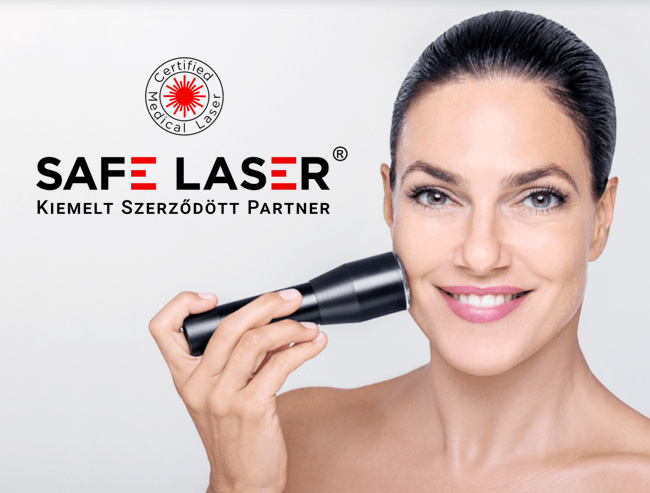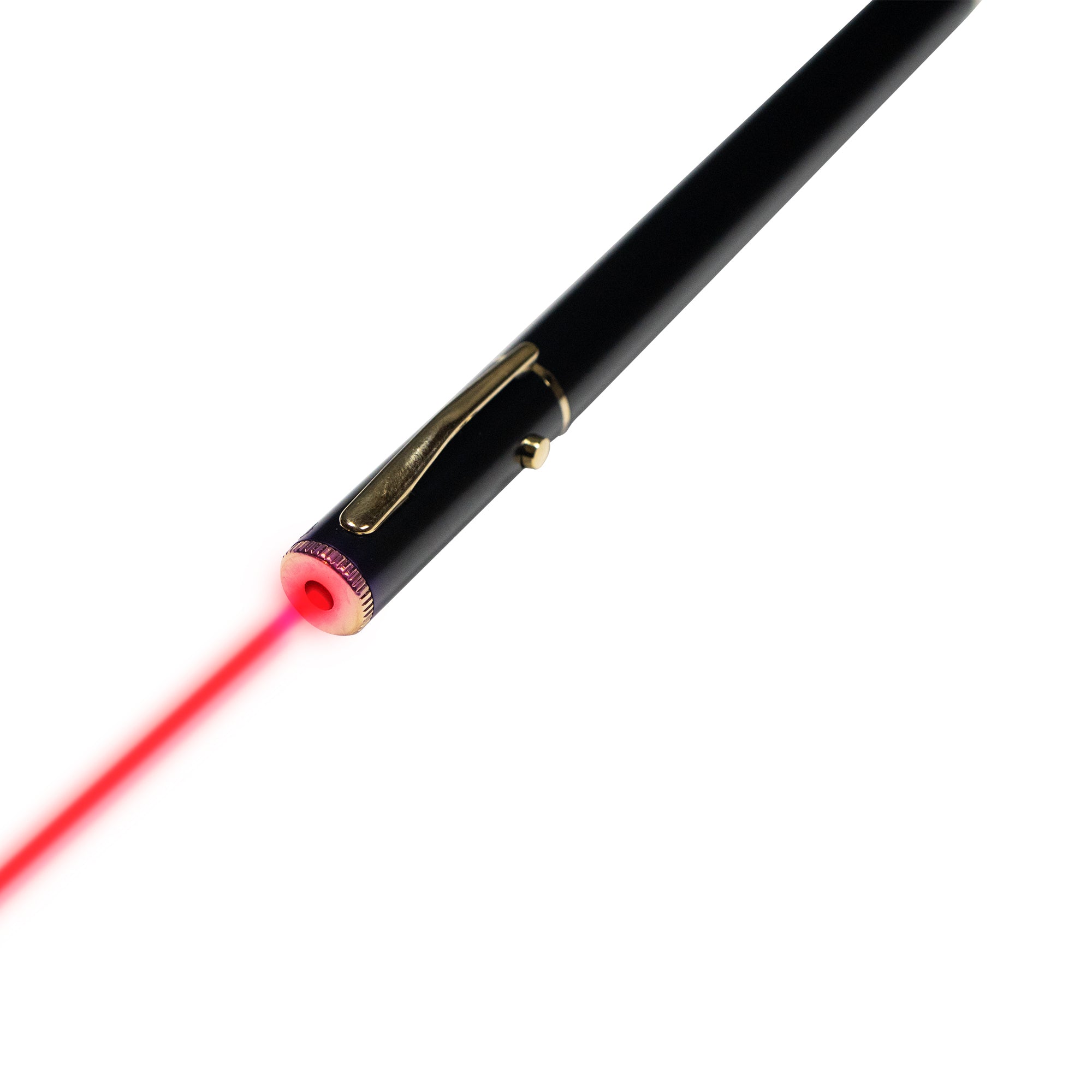Top Tips To Picking A Safe Laser Device
Wiki Article
How Can Safe Low-Level Laser Therapy Help Dental Problems?
Low-level laser therapy that is safe (LLLT) can help with different dental issues through a variety of ways. Reduced Inflammation- LLLT is anti-inflammatory by reducing the release of pro-inflammatory chemicals and stimulating the creation of anti-inflammatory mediators. LLLT can help reduce inflammation in conditions such as periodontitis or gingivitis. This could lead to healthier gums.
LLLT can speed up the process of tissue regeneration. It stimulates cellular growth and metabolism. LLLT has been shown to improve the healing of wounds as well as reduce post-operative pain in dental procedures, such as periodontal or oral surgery.
Pain Relief - LLLT modulates pain perception by affecting nerve conduction and decreasing the release of pain mediators such as substance P. When performing dental procedures LLLT helps to reduce post-operative discomfort and sensitivity.
LLLT can be used to reduce bacterial levels in the mouth cavity. It can be used as an adjunctive therapy in the treatment of oral infections like oral ulcers or peri-implantitis by promoting bacterial clearance and preventing further spreading of the infection.
Treatment of Temporomandibular-Joint (TMJ). LLLT can be used to lessen muscle tension, inflammation and jaw pain. It also helps by reducing the sound of popping and clicking and limited movement.
Reduced Oral Mucositis - LLLT is effective at decreasing the frequency and severity of oral mucositis. This side effect is common in cancer patients who undergo radiation or chemotherapy. It is able to ease discomfort and speed up healing of oral mucosal lesion.
The growth of healthy gingival tissuesThe growth of healthy gingival tissues LLLT has been proven to increase the number of gingival fibroblasts and promote the growth of healthy gingival tissues. This can be beneficial in treating gingival recession as well as in encouraging the attachment of gingival tissues to dental implants.
Secure Laser low-level laser therapy is an effective non-invasive, drug-free method to treat a range of dental problems. It is a great way to speed up healing and relief from pain and also improve oral health. It is important to consult with a dental expert for the an accurate diagnosis and treatment suggestions prior to making use of LLLT to treat dental issues. Read the recommended
safe laser bérlés for more tips including safe laser bérlés, safe laser kezelés budapest, safe laser vélemények, lágylézeres készülék, lágy lézer, lagylezer terapia, lágylézer árak, lezer kezeles, orr lézer készülék, mozgásszervi problémák and more.

What Is The Purpose Of The Safe Laser In The Treatment Of Ear, The Throat, Nose And Throat Disorders?
LLLT (low-level laser therapy) has several mechanisms that can help treat ENT disorders. This is especially beneficial in cases of sinusitis, tonsillitis or rhinitis. Inflammation can cause symptoms such as nasal congestion, sore throat, and ear pain.
Relief from pain LLLT helps reduce pain by altering nerve conductivity as well as reducing substances that cause pain, like the substance P. It also helps alleviate pain caused by ENT ailments like the pressure of sinuses or earaches.
Improved Tissue Repair and Regeneration LLLT accelerates tissue repair and regeneration by stimulating cellular metabolism and proliferation. In ENT conditions like Otitis media (middle ear infection) or pharyngitis (sore throat), LLLT can help promote faster healing of inflamed or infected tissues.
Improved Blood Circulation – LLLT increases microcirculation through vasodilation. This increases the flow of blood into the affected area. Increased circulation could increase the amount of oxygen and nutrients that are absorbed by tissues. This promotes healing and reduces inflammation.
Antimicrobial Effects- LLLT has been found to have antimicrobial properties, which may help in reducing levels of viral or bacterial infection in the nasal or throat passages. This is helpful in treating conditions like tonsillitis or sinusitis.
Treatment of Allergic Symptoms LLLT may reduce symptoms of allergic rhinitis (hay fever) or allergic rhinitis through reducing swelling in the sinuses. This can reduce the nasal congestion, itching and the sneezing.
Tinnitus managementTinnitus management LLLT treatment is being investigated as a potential remedy for the tinnitus. Tinnitus can be characterized by buzzing, ringing or humming sounds in the ear. LLLT is not fully understood, may improve blood flow in the auditory system, and may reduce inflammation, which can result in less tinnitus.
Overall, Safe Laser low-level laser therapy provides an effective and non-invasive approach to treat a variety of ear or throat problems, offering relief from symptoms as well as speedier healing. It is best to speak with an ENT specialist before applying LLLT for ENT ailments. It will guarantee you get the right diagnosis and receive treatment recommendations. Follow the recommended safe laser árak for site info including lezeres kezeles, lágylézer árak, lágylézer készülék, orvosi lézer készülékek, lágylézeres készülék, lágylézer vásárlás, mozgásszervi betegségek kezelése, lágylézer készülék, lézeres fájdalomcsillapítás, safe laser bérlés and more.

What Is The Average Time It Will Take For A Laser To Be Effective On Conditions Affecting The Ear Nose, Throat And Nose?
The efficacy of Safe Laser low-level laser therapy (LLLT) for ear, nose, and throat (ENT) conditions varies depending on factors such as the particular condition being treated as well as the severity of the problem as well as the health of the individual, and their response to treatment. ENT conditions are best treated using an array of LLLT treatments spread over a long duration of.
Type and severityType and degree of the ENT disease being treated will influence the amount of LLLT sessions required. Conditions like sinusitis or rhinitis may require a different approach to treatment and a different number of LLLT treatments.
Individual Response to Treatment The overall health of a person, their immunity, and healing capability can all influence their response to LLLT. Certain individuals might react more quickly to treatment and show quicker improvement in symptoms while others might require more extended treatment.
Treatment Protocol - The treatment strategies suggested by ENT specialists will have an influence on the frequency and number of LLLT treatments for ENT diseases. The healthcare provider can customize the treatment plan to meet the individual's needs. This could include scheduling LLLT several times a day or at regular intervals.
Acute Conditions vs. Chronic Conditions- The distinction between acute and chronic conditions can also impact the number of LLLT sessions required. Acute conditions such as acute pharyngitis, sinusitis, or acute sinusitis might require fewer sessions to get relief, whereas chronic diseases like chronic rhinosinusitis and chronic laryngitis may necessitate more extended treatment.
Certain people might see improvement in their ENT condition after just a few LLLT treatments, while others may require additional sessions to get the best results. In order to maximize the benefits of therapy for ENT conditions, it is essential to follow the prescribed treatment program and be present at all scheduled LLLT treatments. Communication with your ENT doctor is crucial for the management of symptoms.